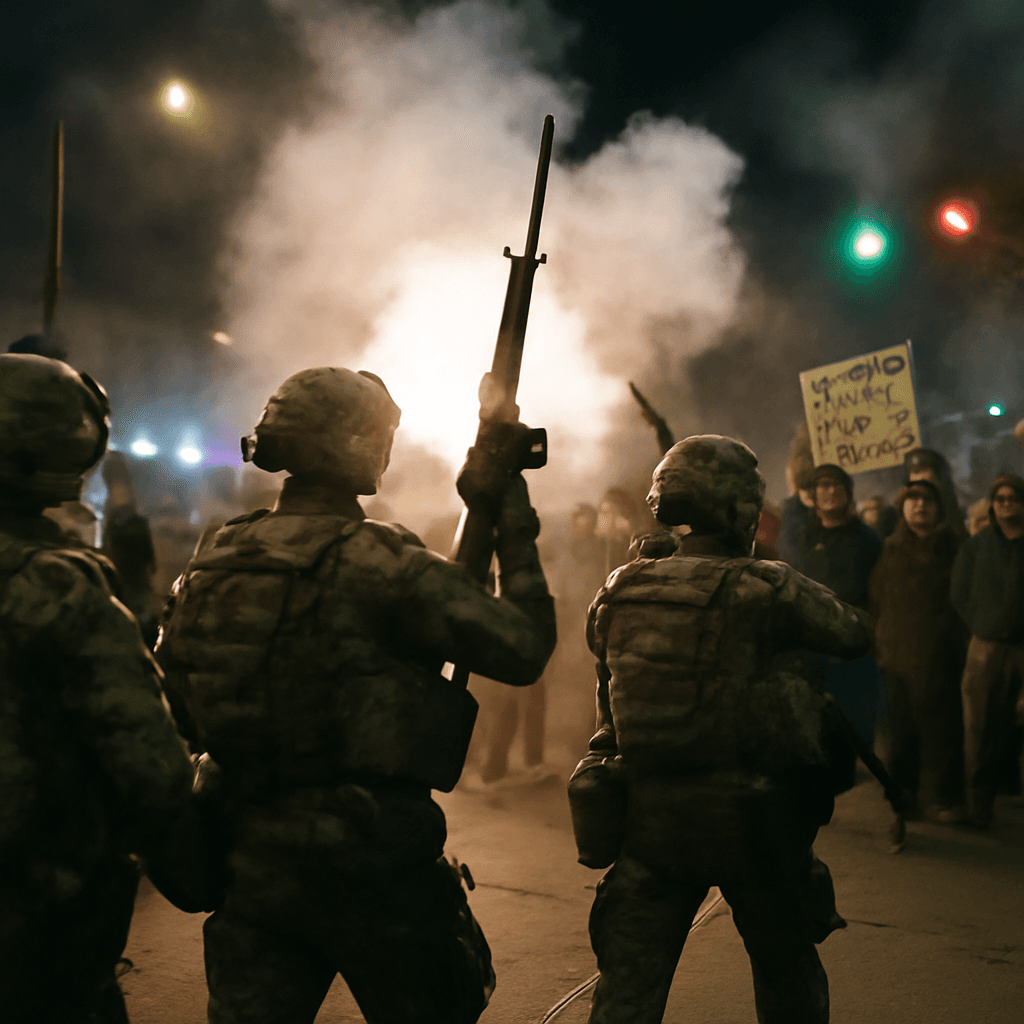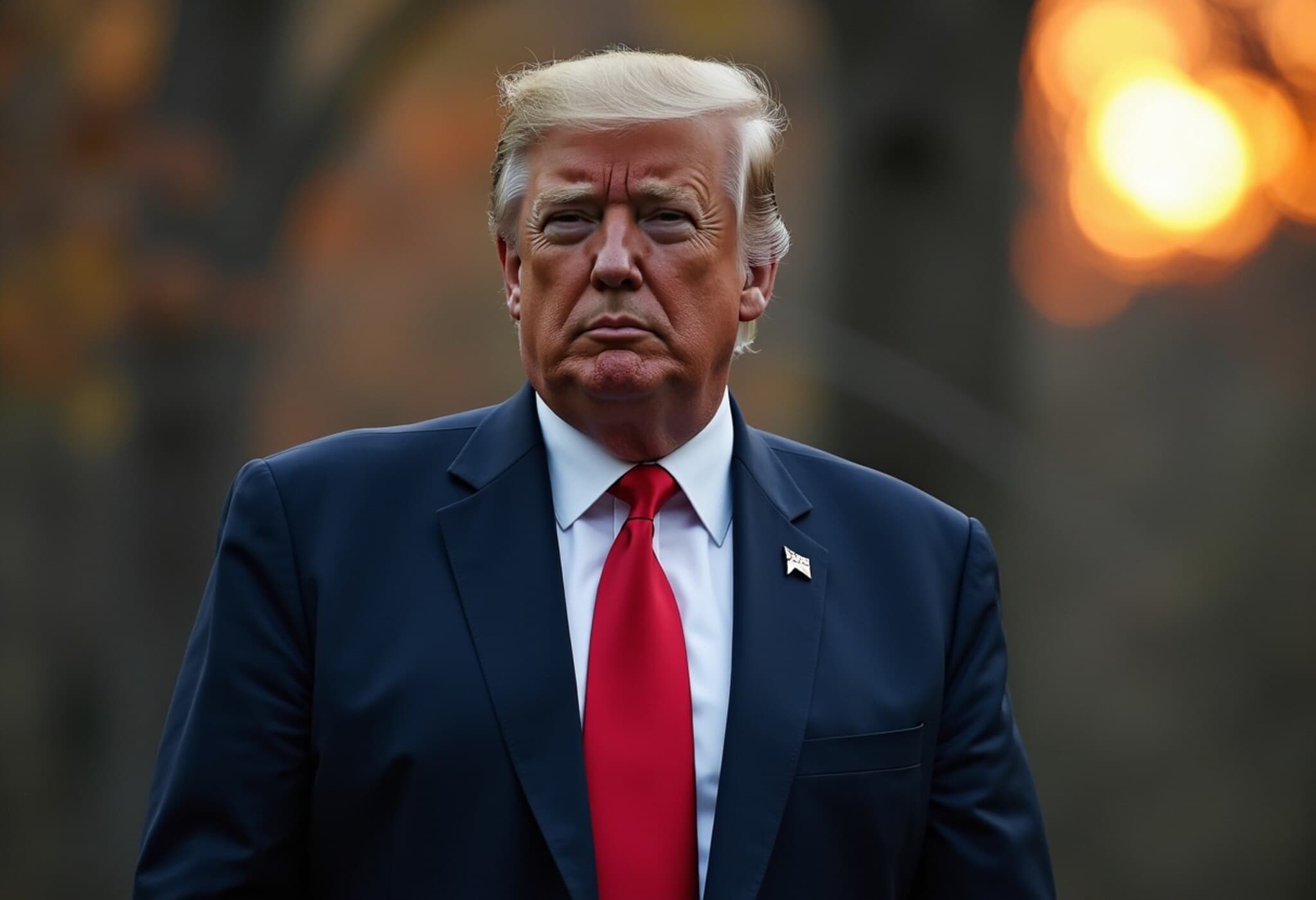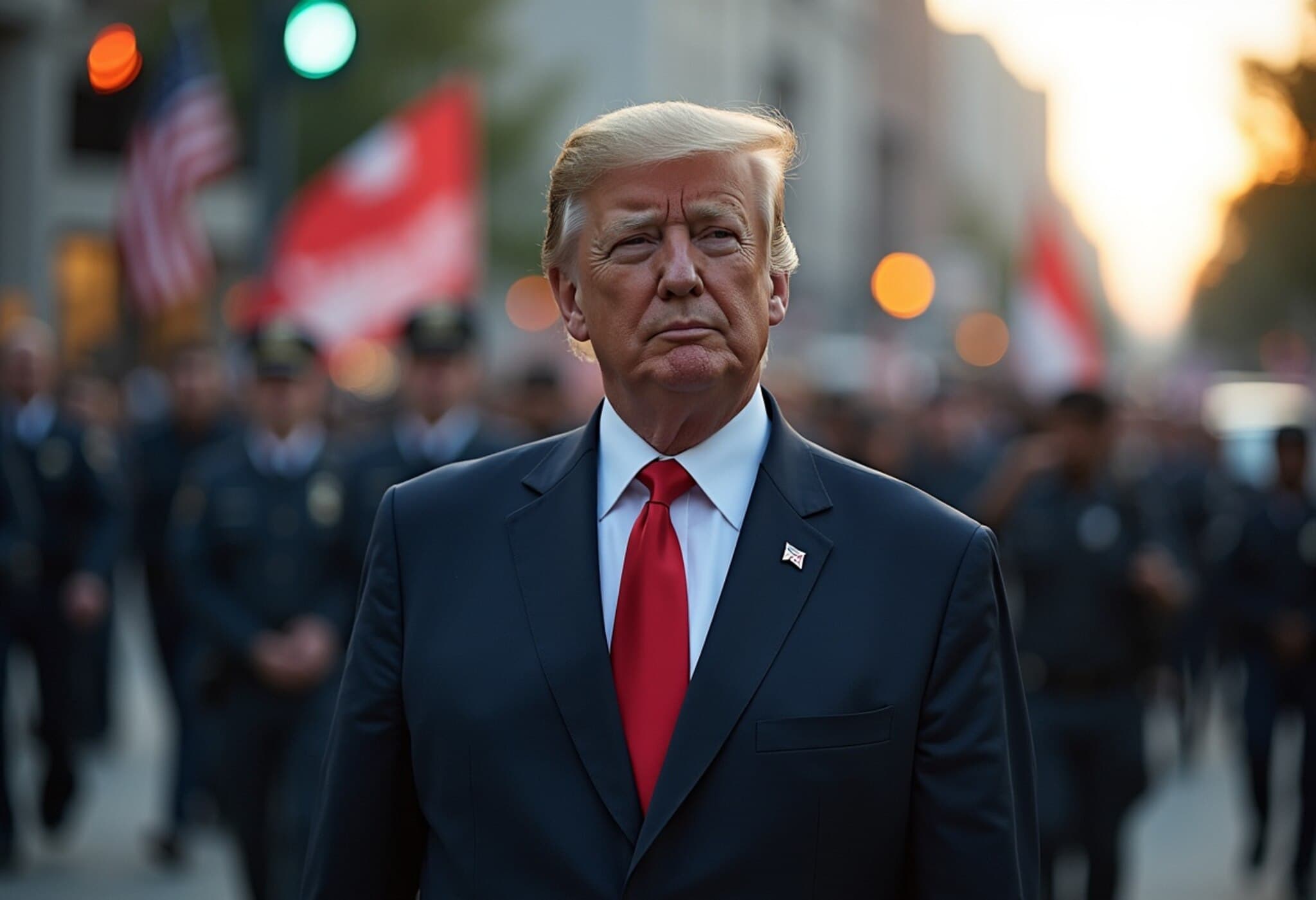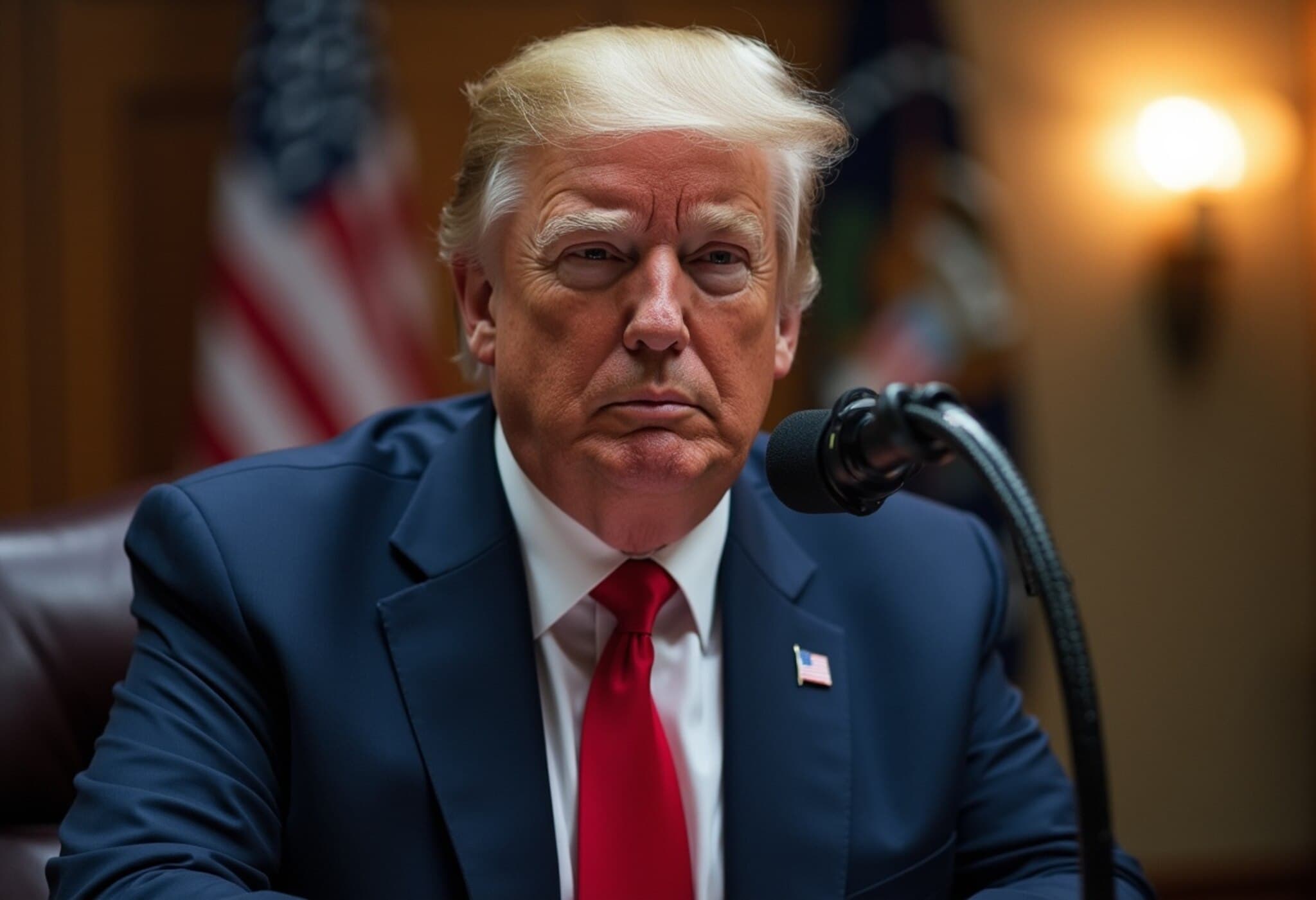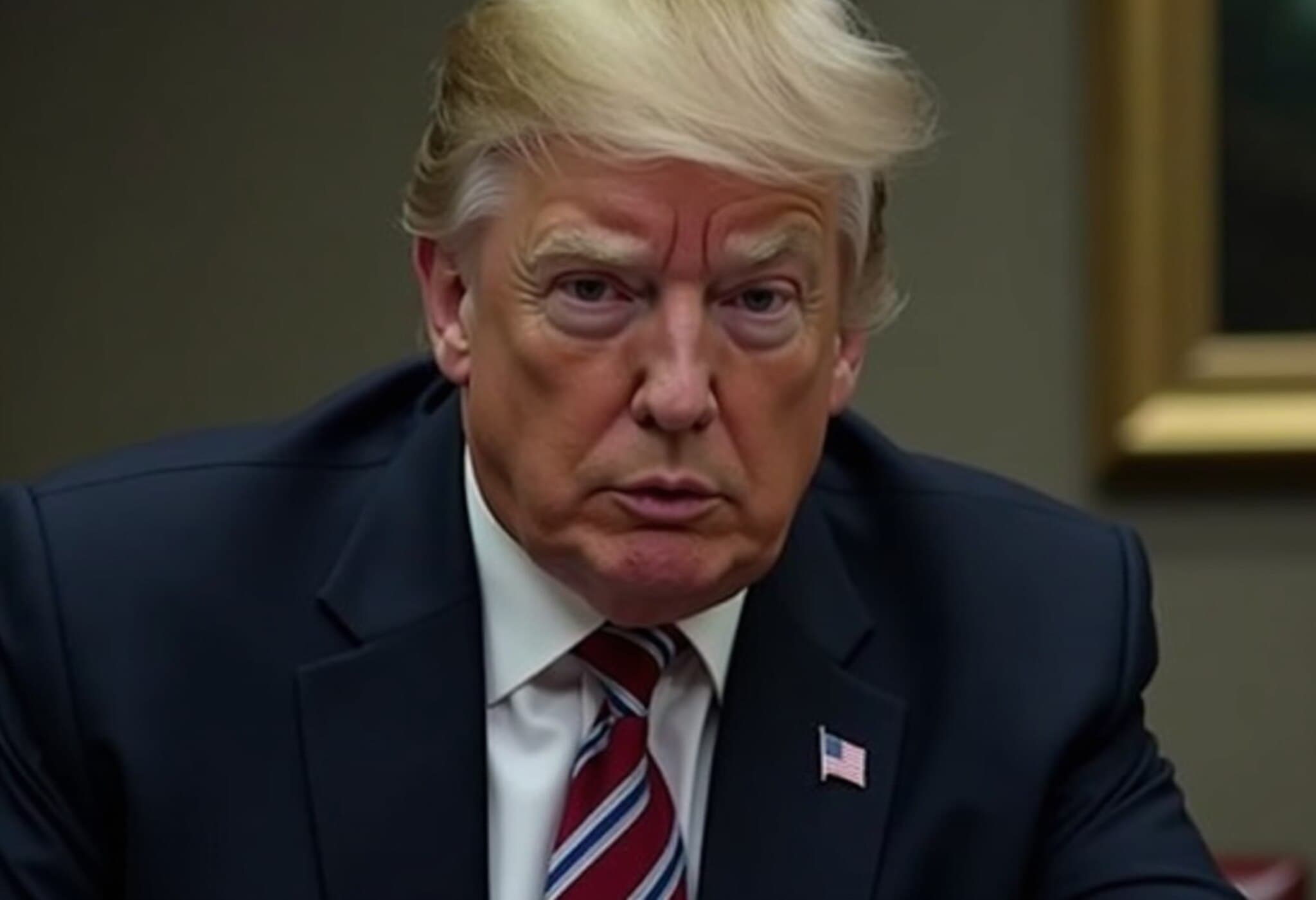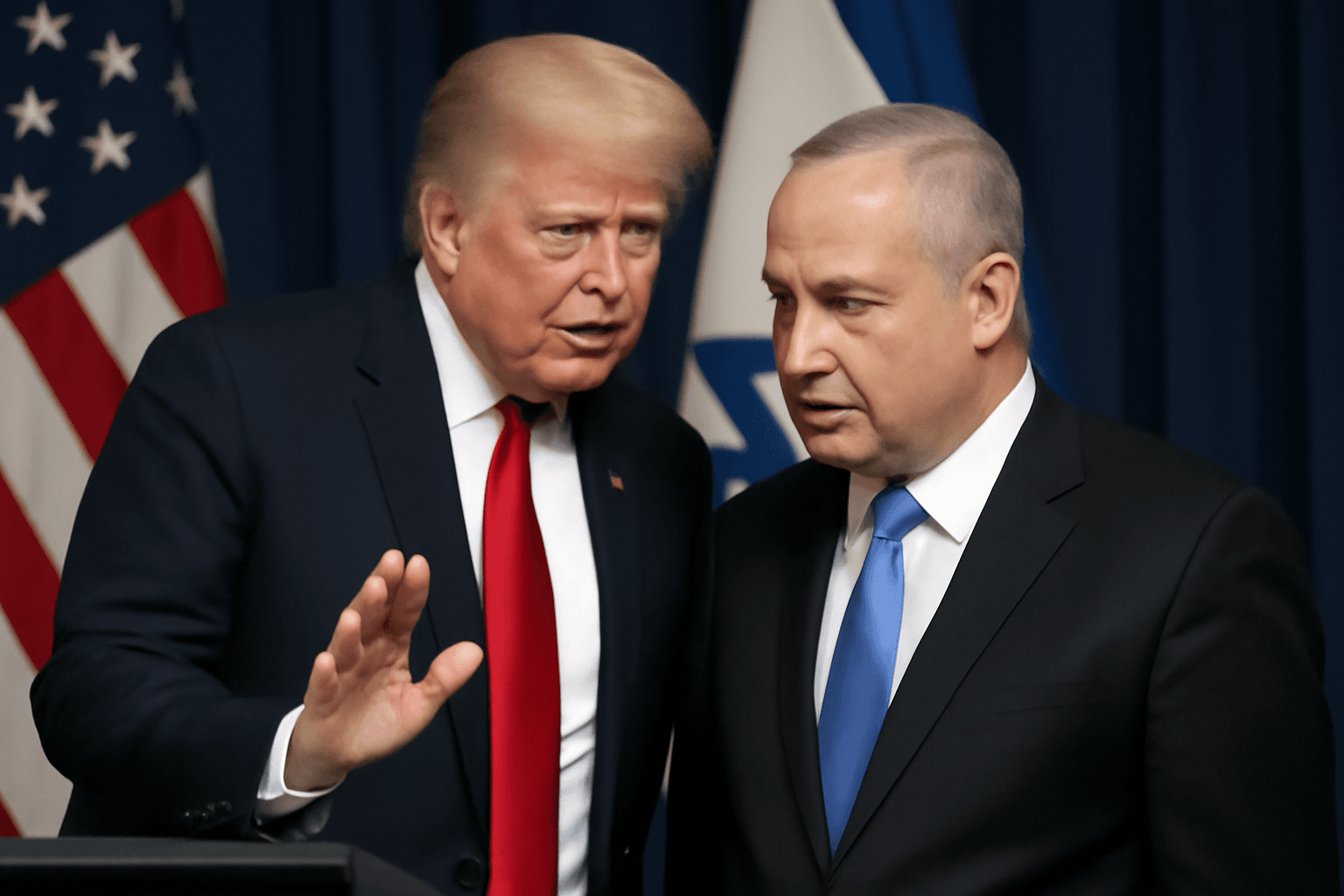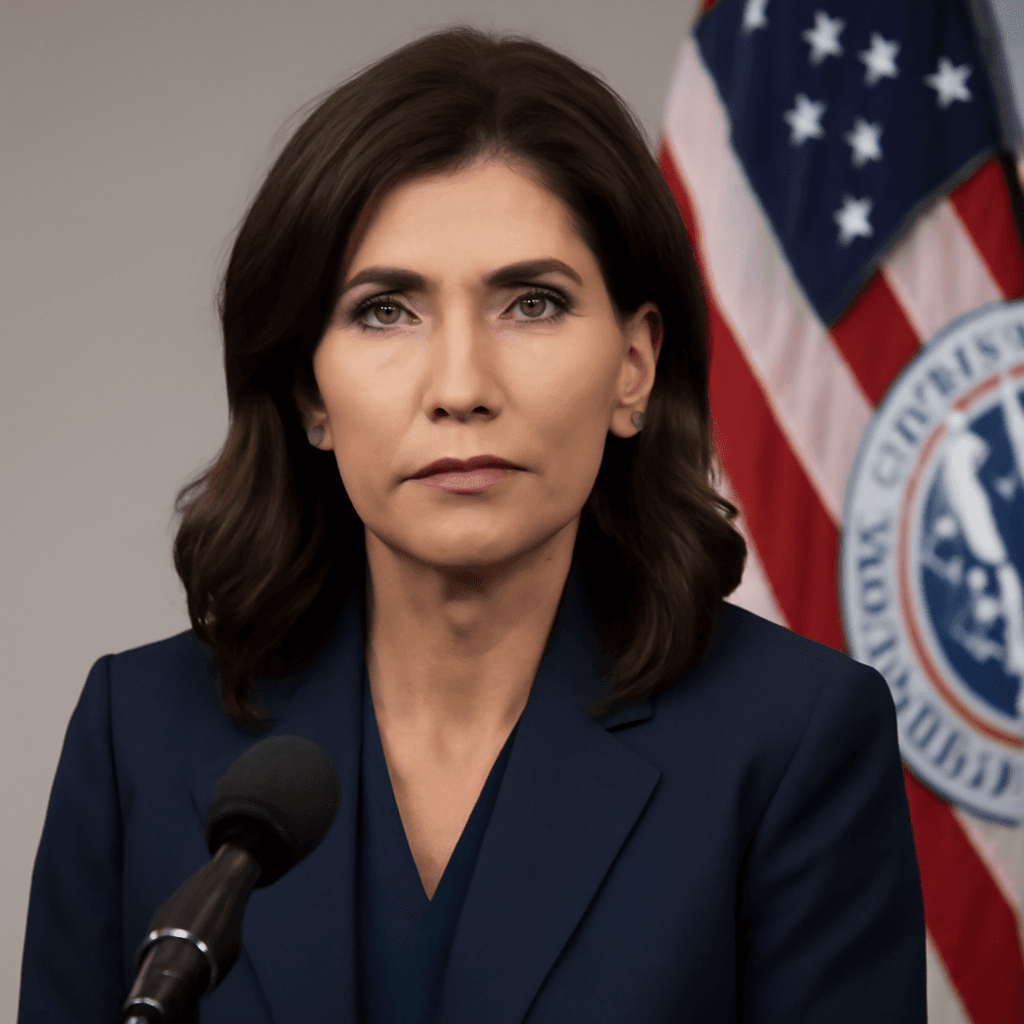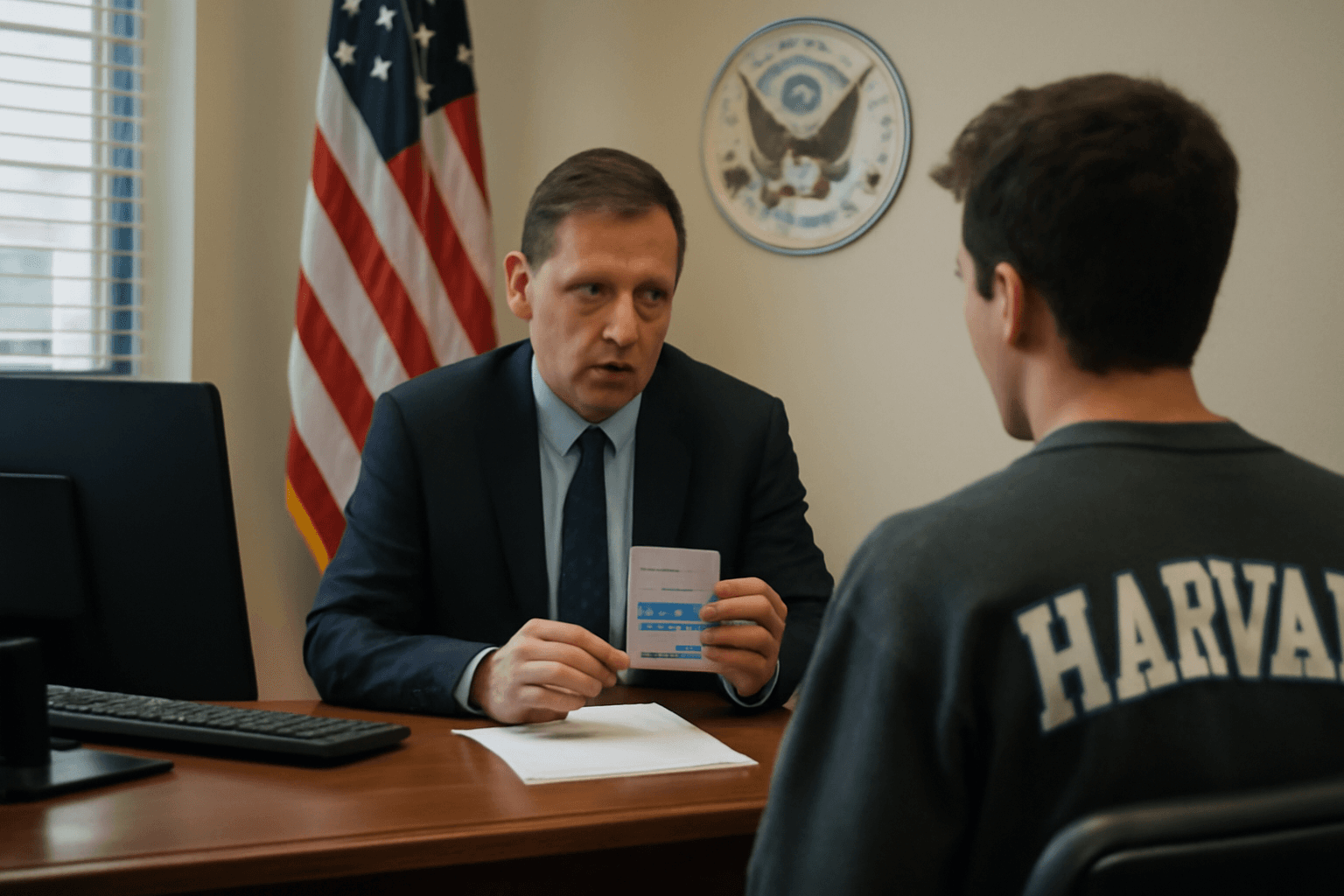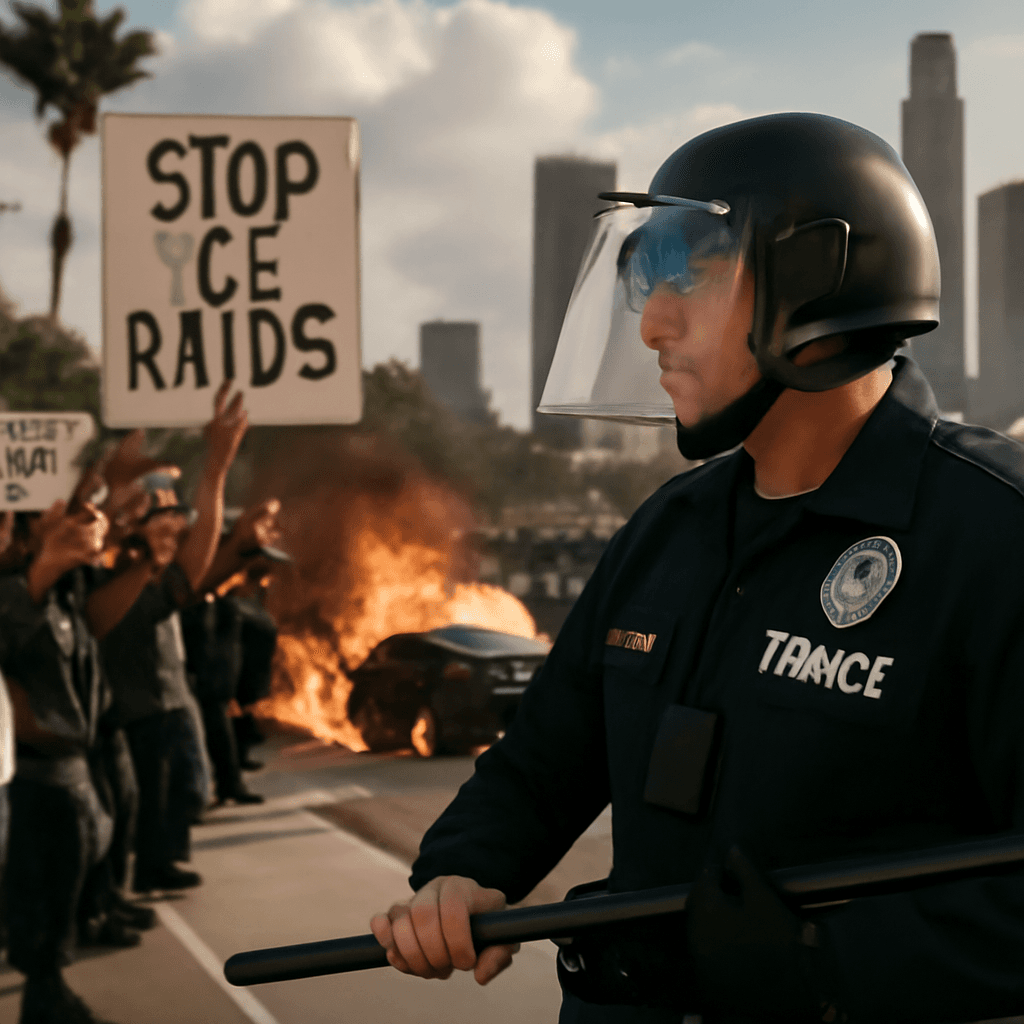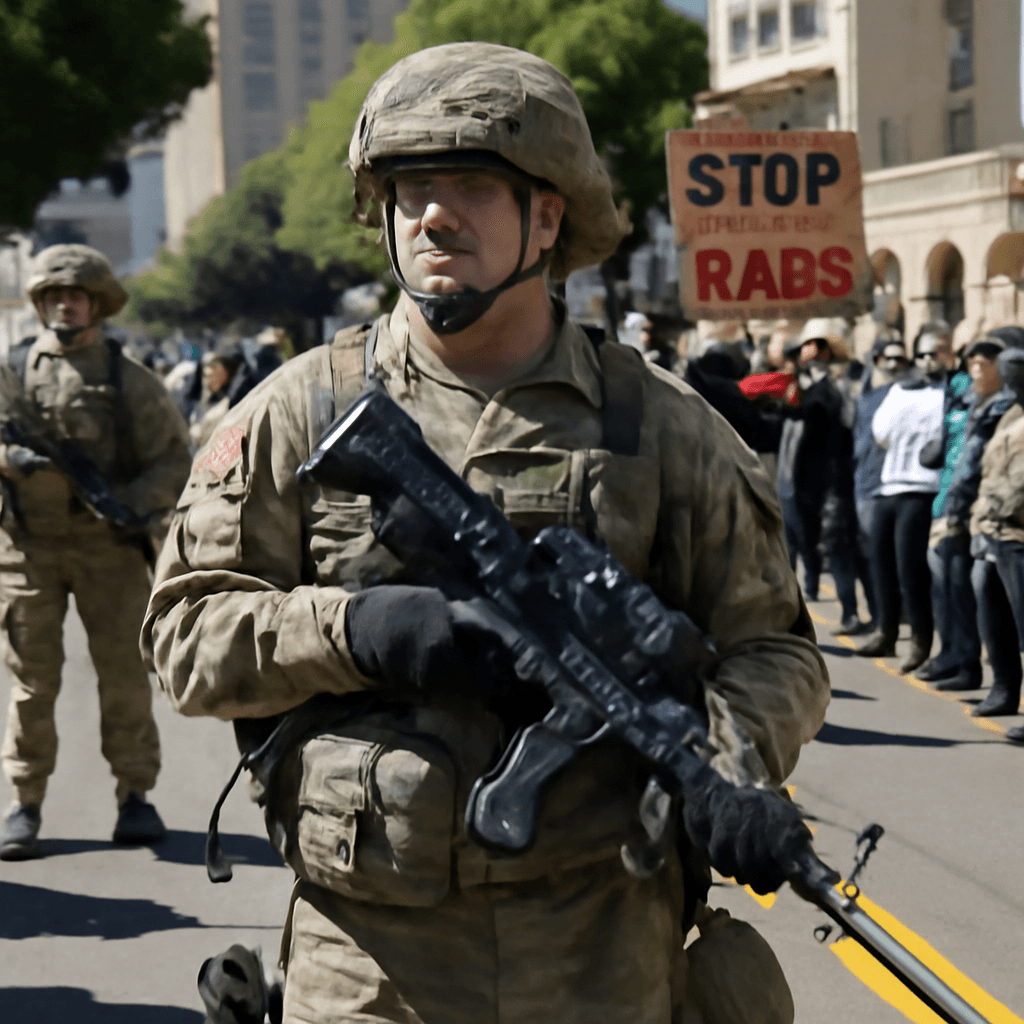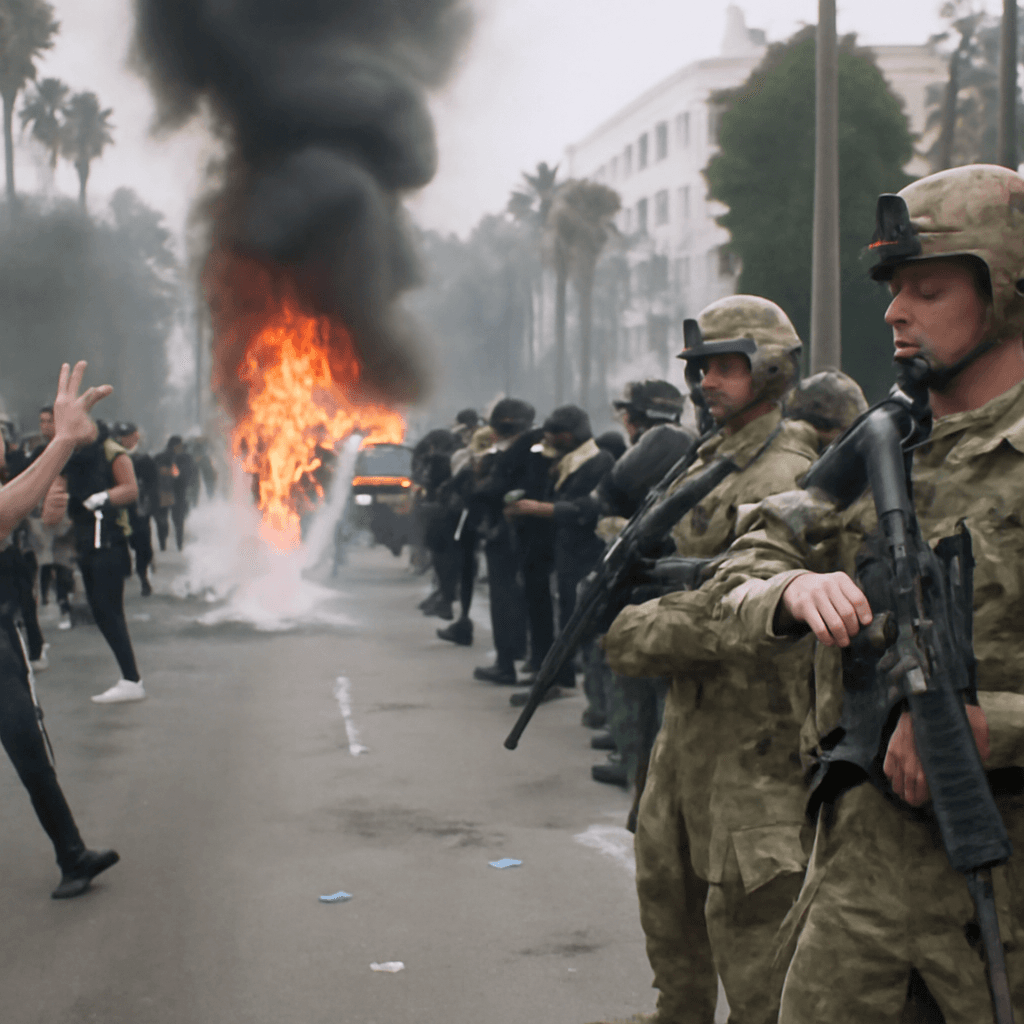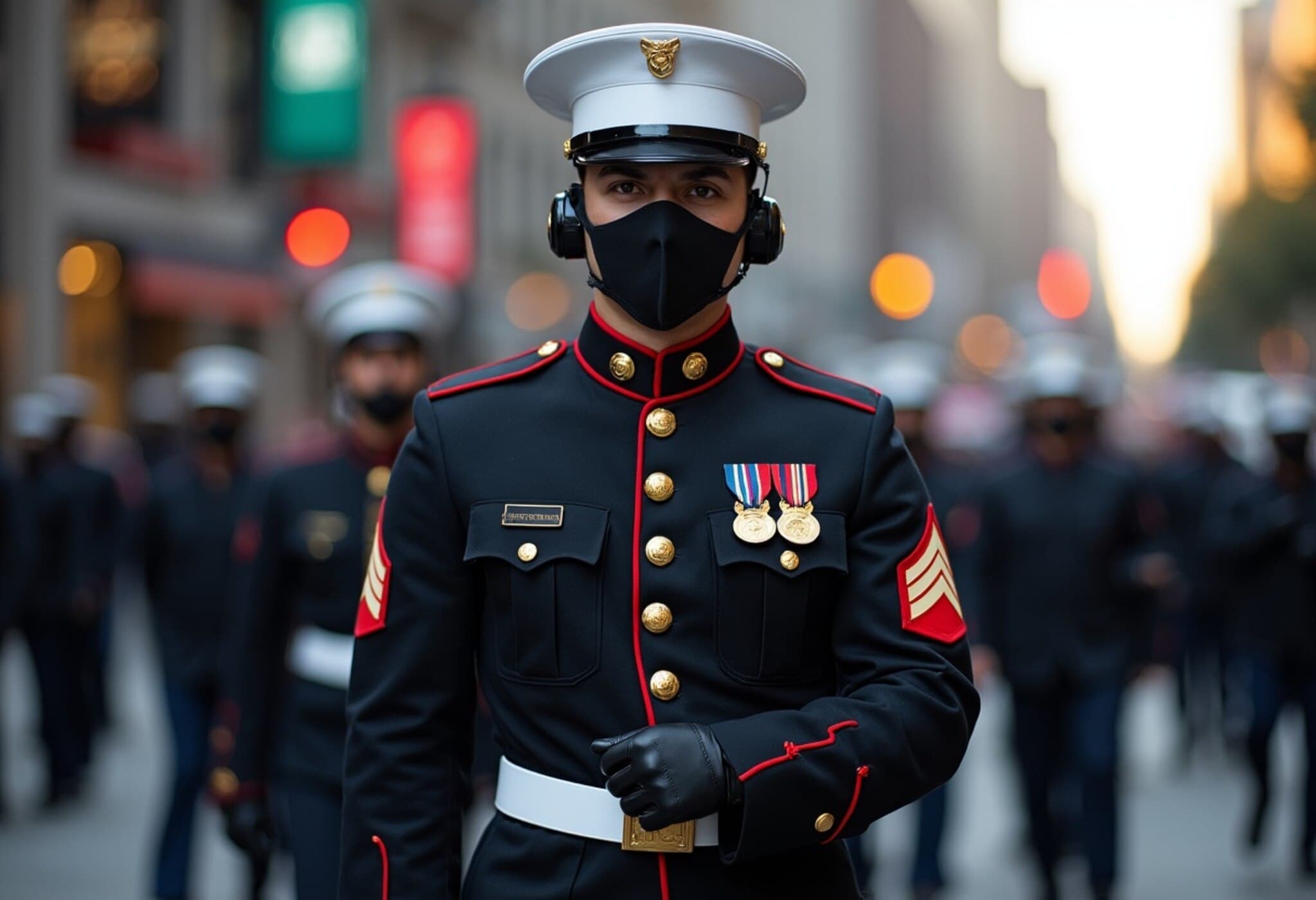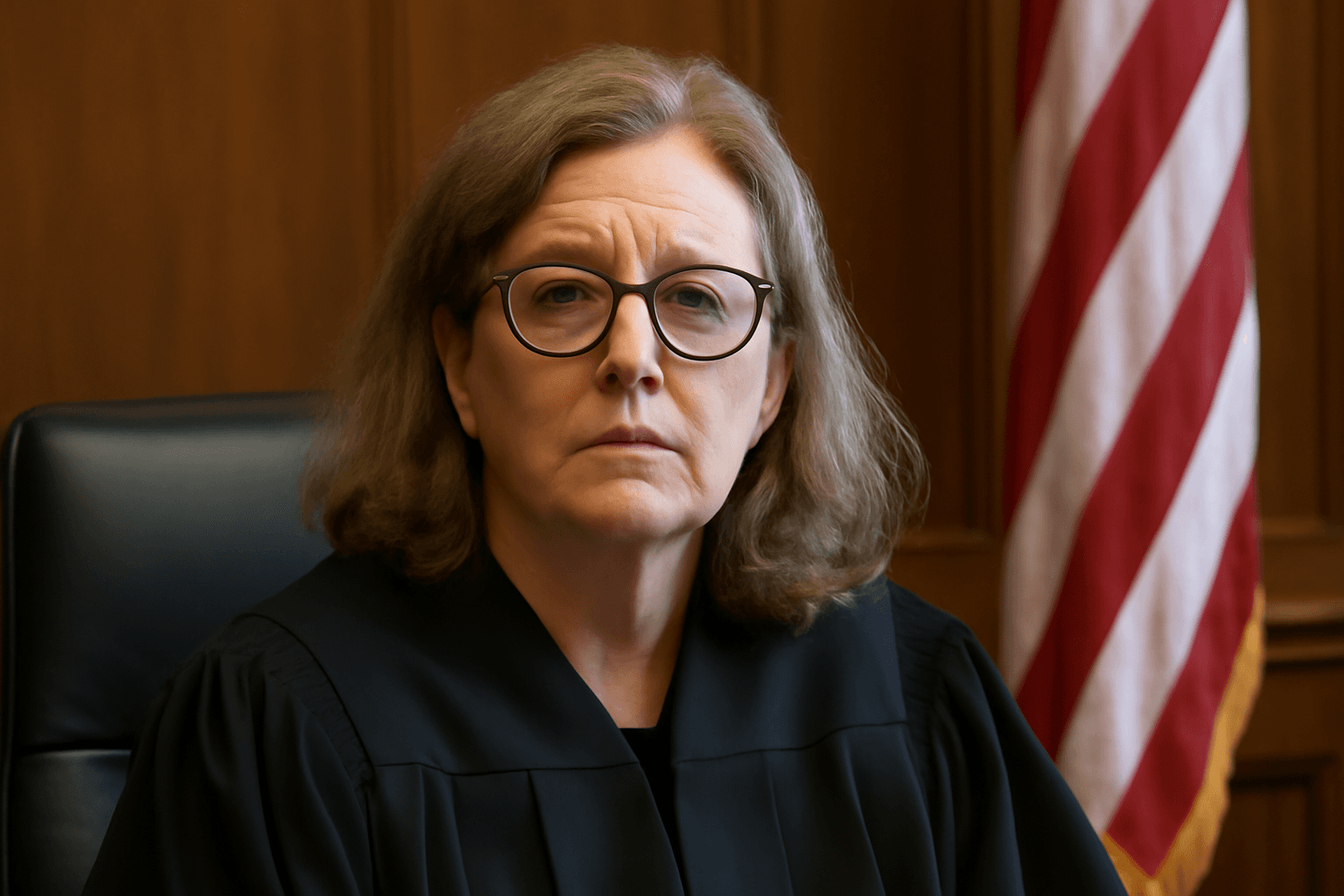Downtown Los Angeles Erupts in Protest for Third Night
For three consecutive nights, downtown Los Angeles has simmered with unrest as demonstrations against recent immigration raids escalated into violent clashes. Protesters have taken to the streets to voice their outrage against immigration policies, resulting in confrontations with law enforcement armed with tear gas, rubber bullets, and flashbang grenades.
National Guard Deployment Sparks Controversy
The situation intensified after the federal government deployed over 300 National Guard troops to California without the state governor's consent — a highly unusual move not seen in decades. Up to 2,000 troops have been authorized, with an additional 500 Marines on standby. This unprecedented federal intervention has inflamed tensions between state and national authorities.
California’s governor has condemned the deployment, branding it an "illegal, immoral, and unconstitutional act" and announced plans to file a lawsuit challenging the federal government's actions.
Scenes from the Streets: Fires, Blockades, and Clashes
Protesters targeted self-driving vehicles, setting multiple Waymo taxis ablaze near the Metropolitan Detention Center in downtown LA, sending thick black smoke into the sky. Parts of the city were also disrupted as demonstrators blocked the 101 freeway, obstructing traffic and heightening public disorder.
Law enforcement faced rock throws, fireworks, and improvised projectiles as they attempted to disperse crowds. Police declared the gathering unlawful as flames rose from burning vehicles and barricades. By Monday morning, over 150 arrests had been made amid the chaos.
A Heated Exchange on Social Media
Late into the night, the President took to social media, urging a robust crackdown on protesters, labeling them "thugs," and demanding mass arrests. His messages called for the immediate deployment of troops, citing concerns over "rebellion" — an invocation of a rarely used legal clause dating back to a 1965 precedent.
The Human Cost and Media Caught in the Crossfire
Among those impacted was a journalist who was struck by a non-lethal round while covering the protests live. The incident underscored the volatile and unpredictable atmosphere engulfing the city.
Contrasting Realities Across Los Angeles
Despite the downtown turmoil, other parts of the city continued with normal activities. West Hollywood hosted a Pride parade, the Hollywood Bowl filled with music lovers, and suburban neighborhoods held swim meets — highlighting starkly different experiences within the sprawling metropolis.
Voices Behind the Protest
Many demonstrators are first- and second-generation immigrants expressing solidarity with families affected by recent immigration bans targeting citizens from twelve predominantly African and Middle Eastern countries. The waving of Latin American flags is a prominent symbol of pride and resilience amid accusations from some quarters branding the protesters as agitators.
Law Enforcement Perspective and Growing Concern
The Los Angeles Police Chief admitted the situation had spiraled beyond expectations and indicated a need for reassessment. While initially reluctant to accept National Guard support, authorities now face an unprecedented level of violence and public unrest.
A City at a Crossroads
As the sun rises over scorched streets and a city grappling with profound political and social upheaval, Los Angeles stands at a crucial turning point. The ongoing standoff between federal intervention and state sovereignty, alongside the unresolved tensions between protestors and law enforcement, suggests that calm may remain elusive in the days ahead.


